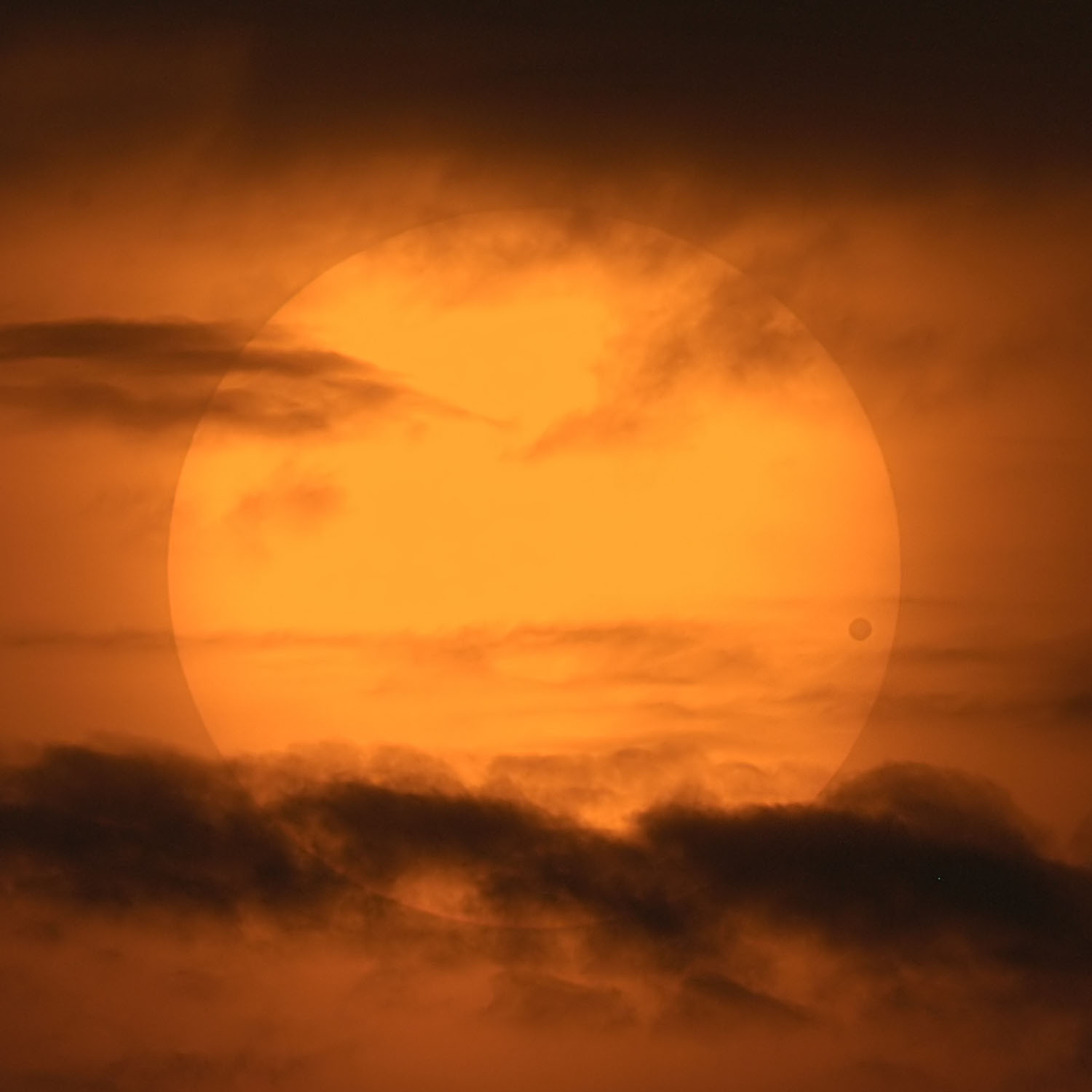Unfortunately, this means that only the final stages of the transit will be visible from the UK. As a guide, on 6 June the Sun rises at 04:30 in Edinburgh, 04:46 in London, 04:51 in Belfast and 04:58 in Cardiff (all BST), so observers in the UK will be able to see the final hour or so of the event."
http://phys.org/news/2012-05-transit-venus_1.html
http://www.ras.org.uk/education-and-careers/for-everyone/125
An account of the Venusian eclipse in 1761 and 1769
http://phys.org/news/2012-05-venus-sun.html
There are instructions of how to view the eclipse on this web-page
http://transitofvenus.org/june2012/eye-safety
The Thunderf00t guide to the Transit of Venus on the 6th June
http://youtu.be/rQZMgtxbwQ4
Three things the Solar Dynamics Observatory will use the transit for:
- checking its orientation in space, to an accuracy of within a tenth of a pixel, so that the position of objects on the celestial sphere can be relayed to the ground
- calibrating the point spread function of the telescope (how much/far light leaks across the telescope's pixel array - think of how bright lights have hazy regions around them, in photos)
- analysing Venus' atmosphere for transparency in ultra-violet wavelengths, telling us how much oxygen is in Venus' atmosphere
http://phys.org/news/2012-06-solar-dynamics-observatory-venus-transit.html
The transit will also inform us in our search for exoplanets (planets orbiting stars that aren't our own)
By observing the atmosphere of Venus as it passes, the nature of planets passing in front of other stars can be inferred from observations.
http://phys.org/news/2012-05-venus-transit-boost-worlds.html
"Venus is a fascinating yet horrendously extreme place all at once... Although the surface is hot enough to melt lead due to its runaway greenhouse atmosphere, in many respects it is Earth's twin [size, gravity and bulk composition]."

http://phys.org/news/2012-06-venus-planetary-portrait-beauty.html
http://phys.org/news/2012-06-venus-center-stage-upcoming-rare.html
[pictures] Venus transit pictures from 2004

http://apod.nasa.gov/apod/ap120603.html
A diagram of where the transit can be seen from, and when

http://www.newscientist.com/data/images/archive/2867/28672001.jpg
No comments:
Post a Comment